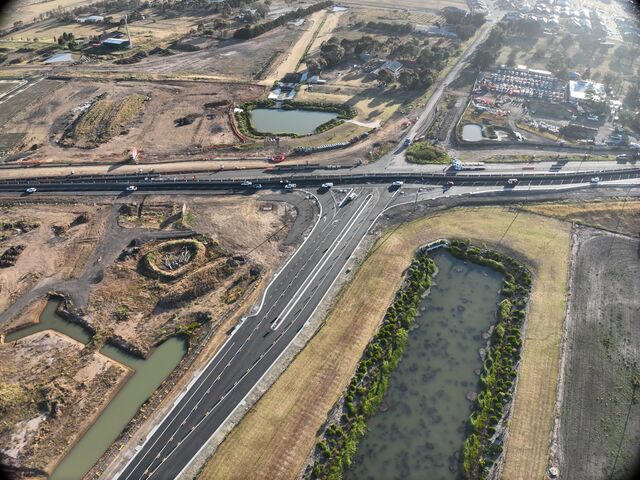Geelong researchers have made a worldwide advance in helping diagnose Whipple’s disease with a new and simpler method.
Research conducted by the Australian Rickettsial Reference Laboratory (ARRL) at Barwon Health investigated ways to diagnose better the rare disease caused by Tropheryma whippeli bacteria.
ARRL medical director Professor Stephen Graves said the new method looked for the absence of antibodies to the bacterium in patients through a blood test rather than a biopsy.
“It needs laboratory assistance to diagnose this disease, you need to biopsy the actual organ and the tissue that’s causing the problems, and this is quite invasive,” he said.
“If the doctor wants to use this new test, all they do is arrange for a blood sample to be taken from the patient, and they do that through the local pathology service.
“It depends whereabouts in the body the infection has taken up, that’s why it’s such a difficult disease because it has so many different types of symptoms that can be associated with it.”
Professor Graves said the disease affected a small proportion of people who had a genetic defect in their immune system, featuring symptoms like chronic diarrhoea and severe joint pain.
“Over 90 per cent of the population will have antibodies to this bacterium because it’s very common and we ingest it with our food and water,” he said.
“In the case of Whipple’s disease, patients do not have this antibody. So, that can be used as an indicator or a marker by the doctor that this patient might have Whipple’s disease.
“Up until now, it’s been very difficult to diagnose because they don’t have a characteristic set of symptoms. There can be a whole range of symptoms, so it’s often difficult for doctors to recognise.”









